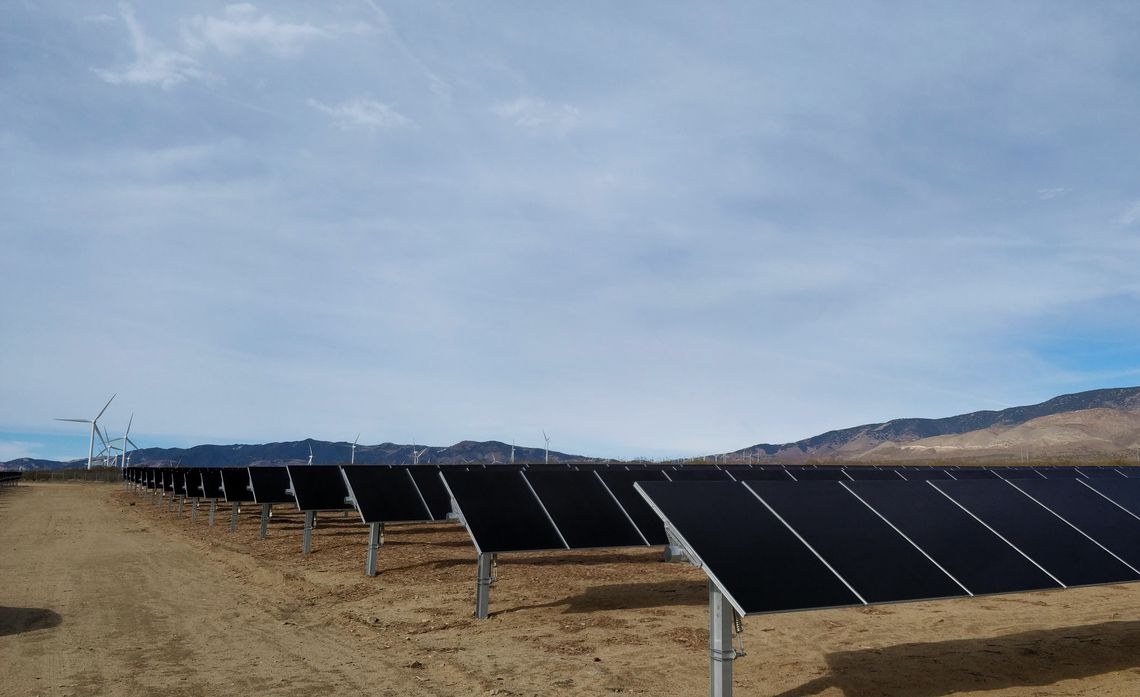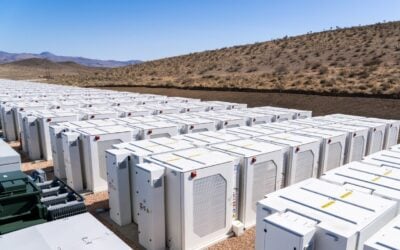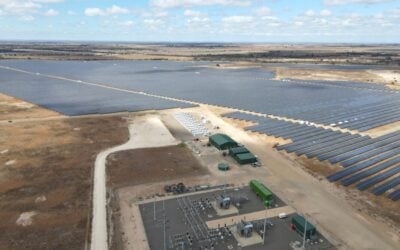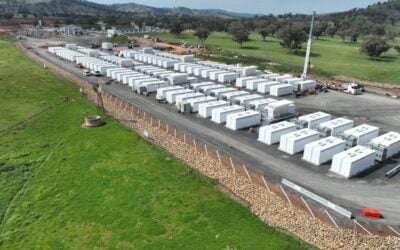
Southern California Edison (SCE), one of California’s three main investor-owned utilities, procured 1,360MW of battery energy storage during last year, according to an annual sustainability report for 2020 just published by parent company Edison International.
The numbers may not come as too much of a surprise to regular readers of Energy-Storage.news, with the utility having made a number of big procurements in 2020 that by December had taken it beyond 2,000MW of procured and contracted capacity in total, meaning that last year it procured around twice as much storage capacity as it had done until the end of 2019 in total.
About 1,000MW of storage is set to come online in SCE’s service area during 2021, including co-located resources where storage will be added to existing solar facilities.
SCE, which serves around 15 million customers in southern, central and coastal California, has identified energy storage as an important means to support and enable the rapid growth of renewable energy and electrification in its service area. In addition to the large procurement of energy storage, the company also installed 1,442 electric vehicle charging points last year and interconnected about 41,500 behind-the-meter solar installations and 4,200 solar-plus-storage systems.
Try Premium for just $1
- Full premium access for the first month at only $1
- Converts to an annual rate after 30 days unless cancelled
- Cancel anytime during the trial period
Premium Benefits
- Expert industry analysis and interviews
- Digital access to PV Tech Power journal
- Exclusive event discounts
Or get the full Premium subscription right away
Or continue reading this article for free
SCE is by far the biggest of the three IOUs in the state, with the other two, Pacific Gas & Electric (PG&E) and San Diego Gas & Electric (SDG&E), serving about 5.5 million customers and 3.6 million respectively. PG&E said at the end of last year that it has contracted for about 1,000MW of battery storage in its service area to be built by 2023.
The three’s energy storage journey began with a state mandate, AB2514, which instructed them to procure a total of 1.35GW of storage between them. First tabled in 2010, those targets were surpassed for each towards the end of 2018.
In line with California’s policy goal of achieving 100% carbon-free electricity by 2045, SCE’s own targets are 33% of renewables by 2020 — which it exceeded — then 60% of power from Renewable Portfolio Standard-eligible resources by 2030 and then 100% by 2045.
SCE published a document in 2019 called Pathway 2045 to set out how the utility intends to achieve carbon neutrality. California will need 30GW of energy storage at bulk power level and 10GW of customer-sited storage by that time, along with 80GW of bulk, transmission-connected wind and solar and 30GW of distributed solar, in order to meet an expected 60% increase in electricity demand and 40% increase in peak load, Pathway 2045 said, as the electrification of transport and other clean energy trends gather pace.
“We continue to adapt our business to the changing climate and its impacts as we invest in the electric grid that is critical to resiliency and meeting California’s carbon-free power objectives,” Edison International president and CEO Pedro J. Pizarro said.
California Independent System Operator (CAISO), which oversees the electricity network and wholesale electricity markets in California, has predicted that from the beginning of this year until the beginning of September, around 1,493MW of energy storage, mostly four-hour duration batteries, will be deployed in its jurisdiction.





